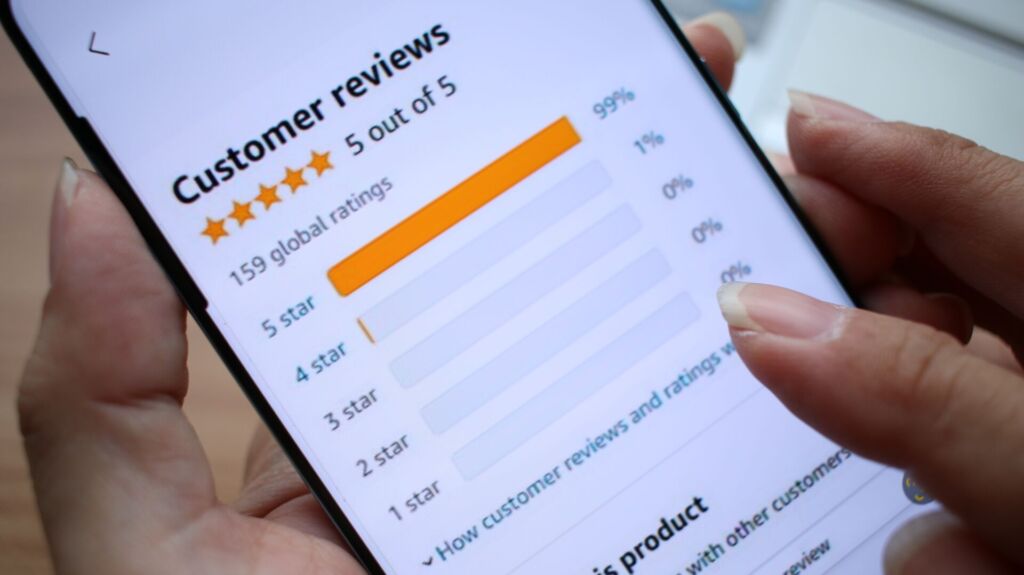Unlocking Amazon Success: How Competitor Analysis Can Elevate Your Product Listings
In category: Amazon
Creating a successful Amazon product listing requires more than just an initial round of competitor research. While many sellers perform a one-time analysis to shape their listings, the most successful Amazon businesses continuously refine their strategies by revisiting and analyzing competitor listings. This ongoing process can reveal valuable insights and opportunities to enhance your own listings, driving better performance and higher sales.
Competitor listings serve as treasure troves of data. Although you can’t see their exact sales figures or detailed metrics, there’s still a wealth of information you can glean by studying their listings. If your competitors are actively optimizing their listings, they essentially become a free research tool for you. By monitoring changes in their listings and correlating them with fluctuations in their sales, you can make informed adjustments to your own strategies.
In this comprehensive guide, we’ll explore three essential ways to conduct an Amazon competitor analysis to optimize your product listings: auditing keywords, analyzing photos, and scrutinizing reviews.
Keyword Analysis: Harnessing the Power of SEO
Keywords are the backbone of Amazon SEO, and understanding which ones drive traffic to your competitors can significantly boost your own listing’s visibility. Here’s how to effectively analyze competitor keywords:
Reverse ASIN Search: One of the most effective methods to uncover valuable keywords is by performing a reverse ASIN search. Tools like Helium 10’s Cerebro allow you to input a competitor’s ASIN and see the keywords their listing ranks for, along with search volumes. This can reveal unique keywords you may not have considered but are crucial for ranking.
Title Dissection: The product title is the most critical element for keyword ranking. Examine your competitors’ titles to identify the keywords they prioritize. Check the search volume for these keywords; if they are high enough for your niche, consider incorporating them into your own title. Pay attention to how competitors structure their titles—do they highlight features, benefits, or usage scenarios? This can give you insights into what resonates with your target audience.
For instance, compare two mortar and pestle listings:
- One emphasizes features like “double-sided,” “solid stone,” and “silicone lid.”
- The other highlights benefits and uses like “crush and grind herbs, spices, nuts.”
Determine which approach aligns best with your market and adjust your title accordingly.
Photo Analysis: Visual Appeal and Information Delivery
High-quality images are crucial for converting Amazon shoppers, but it’s not just about clarity and resolution. Analyze your competitors’ photos to understand their strategy:
Quality Check: First, assess the quality of your competitors’ images. Are they clear and professional, or grainy and low-quality? If competitors with poor-quality images are still performing well, it may indicate that your target audience prioritizes other aspects, like detailed descriptions or reviews, over visual appeal.
Feature vs. Benefit Focus: Look at whether competitors’ photos emphasize features or benefits. If they focus on features, such as specific components or materials, consider doing the same. Conversely, if they highlight benefits—how the product improves the user’s life—adopt a similar approach if it resonates more with your audience.
Comparison Images: If you notice competitors highlighting a feature that you’ve improved upon, create a comparison image. This not only showcases your product’s superiority but also addresses potential buyers’ concerns directly.
Review Analysis: Insights from Customer Feedback
Reviews are a goldmine of information. They provide direct customer feedback without the seller needing to update the listing. Here’s how to leverage this feedback:
Identify Common Complaints and Praises: Pay attention to recurring themes in positive and negative reviews. Are customers complaining about misleading product sizes or missing compatibility details? Use this feedback to improve your listing’s clarity and accuracy.
Language Patterns: Notice the language customers use in their reviews. If a particular phrase, such as “super stylish,” appears frequently, consider incorporating it into your listing. Using your audience’s language helps create a connection and makes your product more appealing.
Review Velocity: Track how quickly competitors accumulate reviews. If a competitor sees a surge in reviews, investigate their strategy. They might be running a successful campaign, using social media, or following up with customers effectively. Mimic ethical and effective strategies to boost your own review count.

Monitoring and Continuous Improvement
Regularly reviewing competitor listings should become a routine part of your business strategy. Aim to audit new and old competitors at least once a month. This helps you stay informed about market trends and competitor tactics, allowing you to make timely adjustments to your own listings.
Consider these additional steps:
- Check Competitor Storefronts: With the rise of Amazon storefronts, competitors may drive additional traffic through well-designed storefronts. Explore these pages to gather more insights.
- Consult with Experts: Sometimes, the smallest tweaks can lead to significant improvements. If needed, consult with an Amazon listing optimization service to fine-tune your approach.
Conclusion: Turning Competitor Insights into Action
Competitor listings are invaluable resources that continuously generate data you can use to refine your own Amazon product pages. By auditing keywords, photos, and reviews, you can uncover actionable insights that drive better performance and higher sales.
Remember, the key to Amazon success lies in continuous improvement. Stay vigilant, keep analyzing, and always look for ways to optimize your listings based on the latest competitor data. By making this a regular practice, you’ll stay ahead of the competition and ensure your products remain attractive and relevant to your target audience.
By implementing these strategies, you’ll transform your approach to Amazon selling, making your listings more effective and competitive in the ever-evolving marketplace.